Think Your Hair’s the Problem? You’re Probably Looking in the Wrong Place.
It’s Almost Never About the Hair
Early in my cosmetology career, I saw the same story play out over and over. Someone would sit in my chair, completely fed up with their hair. It was limp, greasy, breaking, or just plain refusing to grow. They’d show me a bag full of expensive masks, fancy oils, and salon-brand shampoos, hoping I had the magic bullet. But here’s the secret I learned pretty fast: the problem wasn’t their hair. It was their scalp.
In this article
- It’s Almost Never About the Hair
- So, What’s Really Going On Up There?
- The Pro Consultation vs. Your At-Home Check
- Okay, So How Do I Know What My Scalp Needs?
- What Happens During a Professional Scalp Treatment?
- Different Strokes: Scalp Care Around the World
- Your At-Home Scalp Care Playbook
- Inspirational Gallery
Honestly, the scalp is the most neglected piece of skin on our bodies. We’ll buy a dozen products for our face, but totally ignore the very ground our hair grows from. Think of it like a garden. You can’t expect beautiful, thriving plants if the soil is compacted, depleted, or unhealthy. A ‘scalp facial,’ as some people call it, isn’t just a fancy spa add-on; it’s the foundation for getting the hair you actually want.
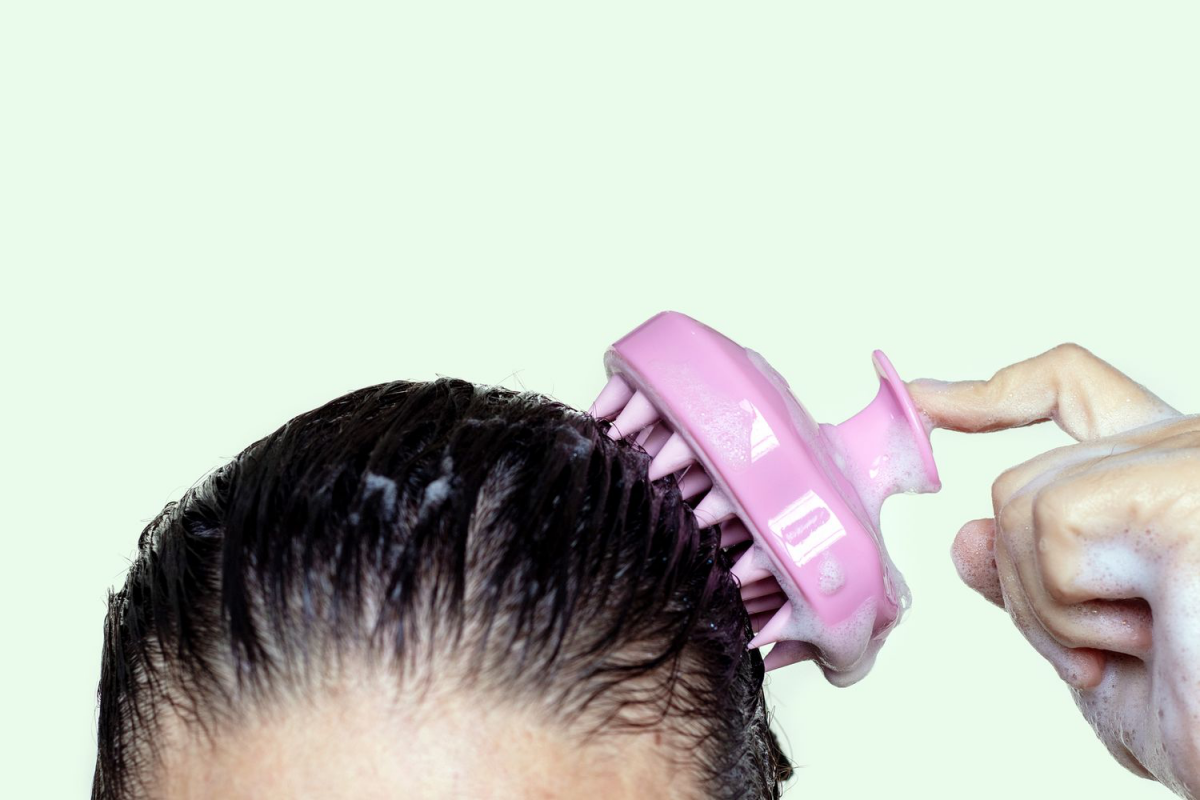
So, What’s Really Going On Up There?
To fix a problem, you’ve got to know what you’re dealing with. Your scalp is a unique little ecosystem. It has way more oil glands, sweat glands, and hair follicles than pretty much anywhere else. This creates a very specific environment that can easily get thrown out of whack.
Ideally, your scalp is protected by something called the acid mantle. It’s a super thin, natural film of oil (sebum) and sweat that keeps the scalp’s pH level slightly acidic. This acidity is key! It keeps the outer layer of your hair, the cuticle, smooth and flat, which is what gives hair that healthy shine. It also fights off the bad bacteria and fungi that can lead to issues like dandruff.
But when that balance gets disrupted? That’s when the trouble starts. Using a super harsh, stripping shampoo can wreck the acid mantle, leaving your scalp vulnerable and your hair frizzy and dull. On the flip side, if you don’t cleanse properly, all that oil, mixed with dead skin cells and product gunk, builds up. This gunk can literally clog your hair follicles. The hair that manages to grow out is often weaker, thinner, and in some cases, the blockage can even contribute to shedding. Yikes.
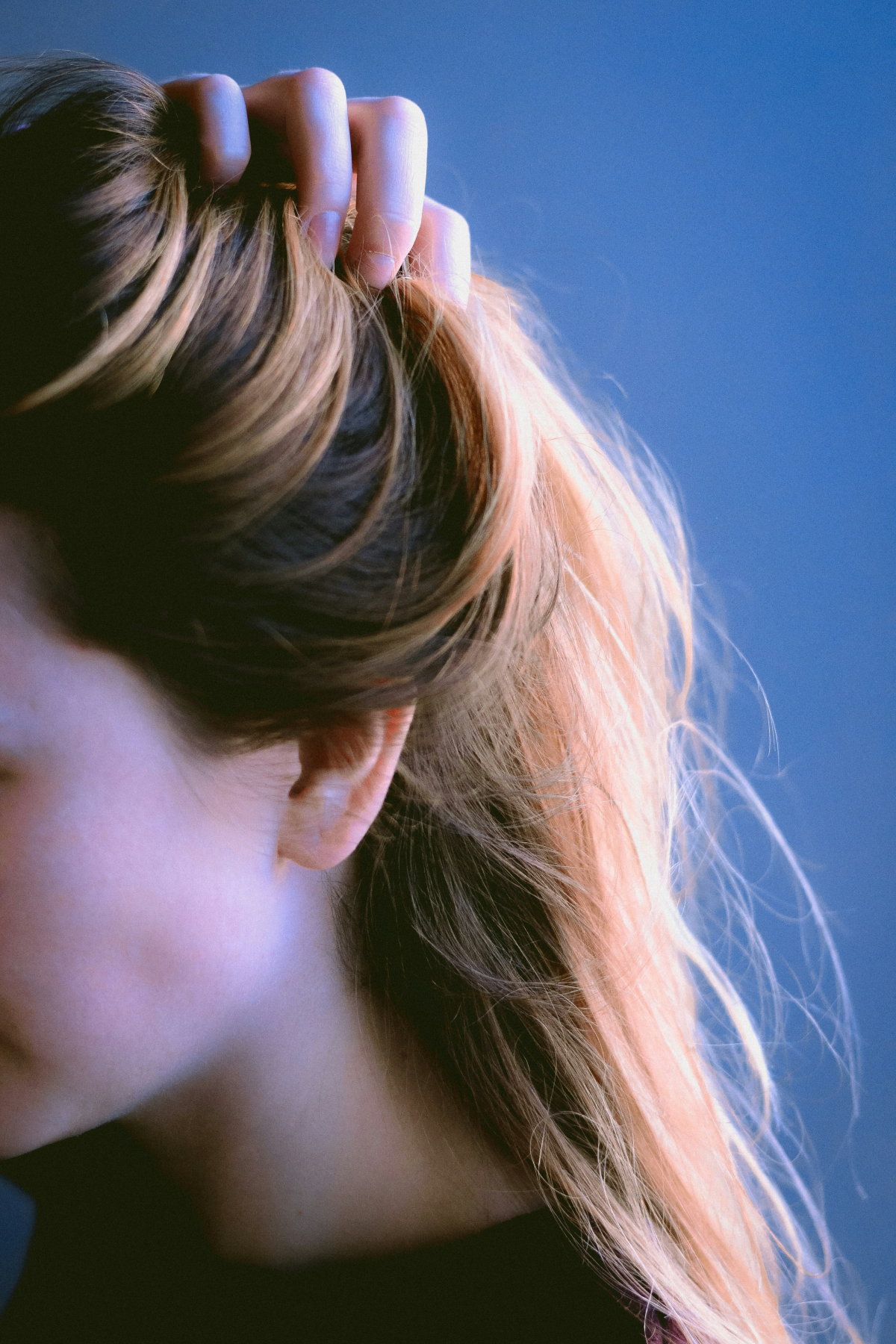
The Pro Consultation vs. Your At-Home Check
When a client comes to me for scalp help, we start with a deep dive. I use a special camera called a trichoscope that magnifies the scalp, letting me see everything up close—clogged follicles, inflammation, circulation, the works. A professional scalp analysis and treatment can cost anywhere from $75 to over $250, depending on the salon and the technology used. It’s a worthy investment if you’re really struggling.
But you can absolutely do a quick check-in yourself!
Your 2-Minute At-Home Scalp Check
Grab your phone’s flashlight and head to a mirror. Part your hair in a few different spots—the top, the sides, the back. What do you see?
- A healthy scalp should look calm and pale, almost translucent.
- Redness or pinkness? That’s a sign of inflammation or irritation. Your scalp is angry about something.
- A yellowish tint or shiny look? You’re likely looking at excess oil (sebum).
- What about flakes? Are they small, white, and powdery, like dust? That usually points to dryness. Are they larger, maybe a bit greasy or yellowish? That could be buildup or a sign of dandruff.
This simple check gives you a starting point. I once had a client who was convinced her scalp was an oil slick. She was blasting it daily with a harsh clarifying shampoo. Under my scope, I saw a scalp that was red, tight, and screaming for moisture. Her oil glands were in panic mode, overproducing oil to compensate for being stripped raw. The problem wasn’t oiliness; it was dehydration. We swapped her to a gentle, hydrating routine, and within a month, her scalp calmed down and the “greasiness” was gone.
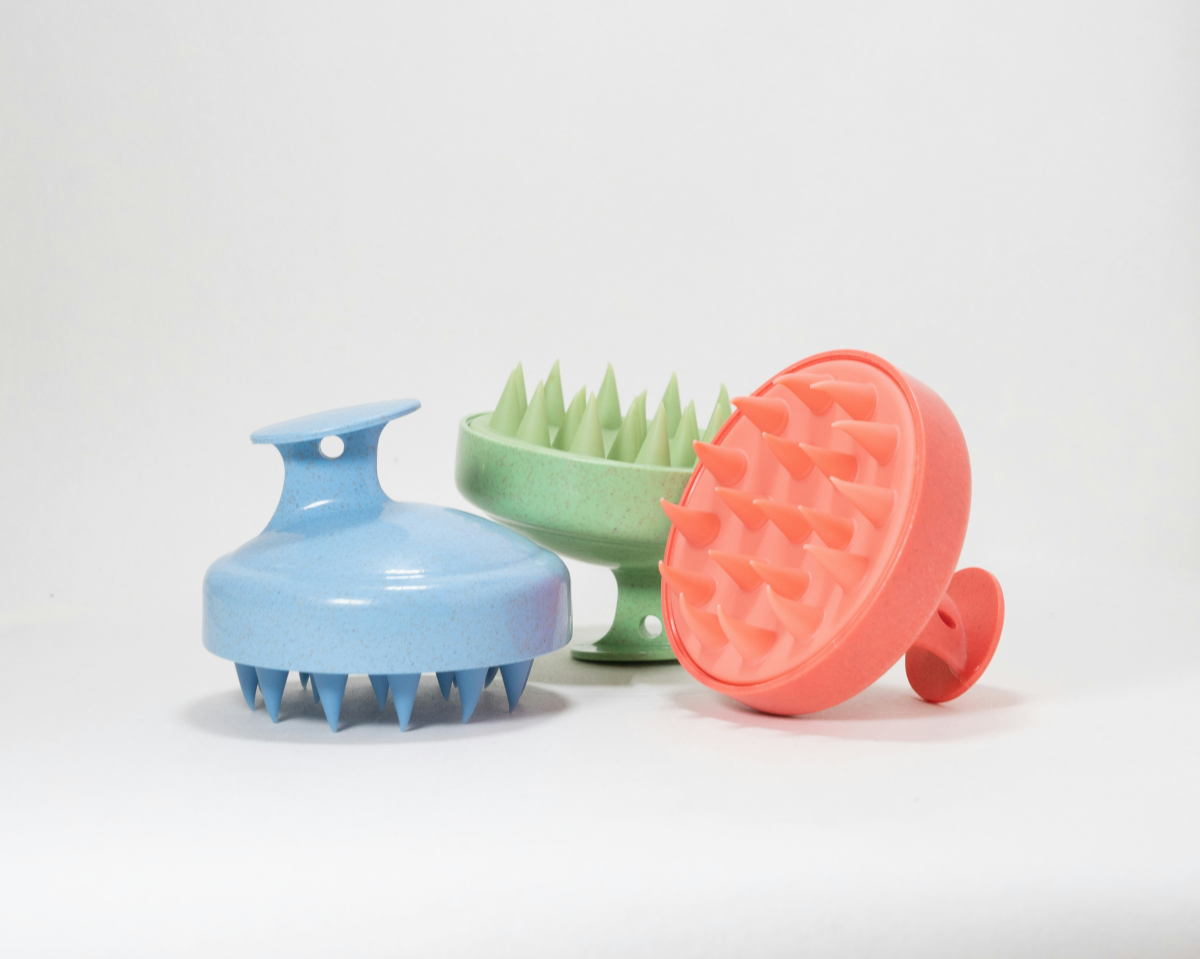
Okay, So How Do I Know What My Scalp Needs?
This is the million-dollar question, right? Based on your 2-minute check, you can probably place yourself in one of two main camps.
You might have an OILY or CONGESTED scalp if…
It gets greasy less than 24 hours after washing, feels slick to the touch, and you might notice small bumps or clogged pores. Your goal is to break down oil and buildup without stripping. Look for ingredients like salicylic acid (a BHA that dissolves oil), tea tree oil (antimicrobial), or gentle clays. Brands like The Inkey List and The Ordinary have great, affordable salicylic acid treatments.
You might have a DRY or DEHYDRATED scalp if…
It feels tight and itchy, especially after washing. You might see small, white, powdery flakes (not the big, oily kind). Your goal is to add and retain moisture. Look for soothing and hydrating ingredients like hyaluronic acid, aloe vera, or squalane. A quick tip: “dry” means lacking oil, while “dehydrated” means lacking water. Many people who think they are oily are actually dehydrated, just like my client!
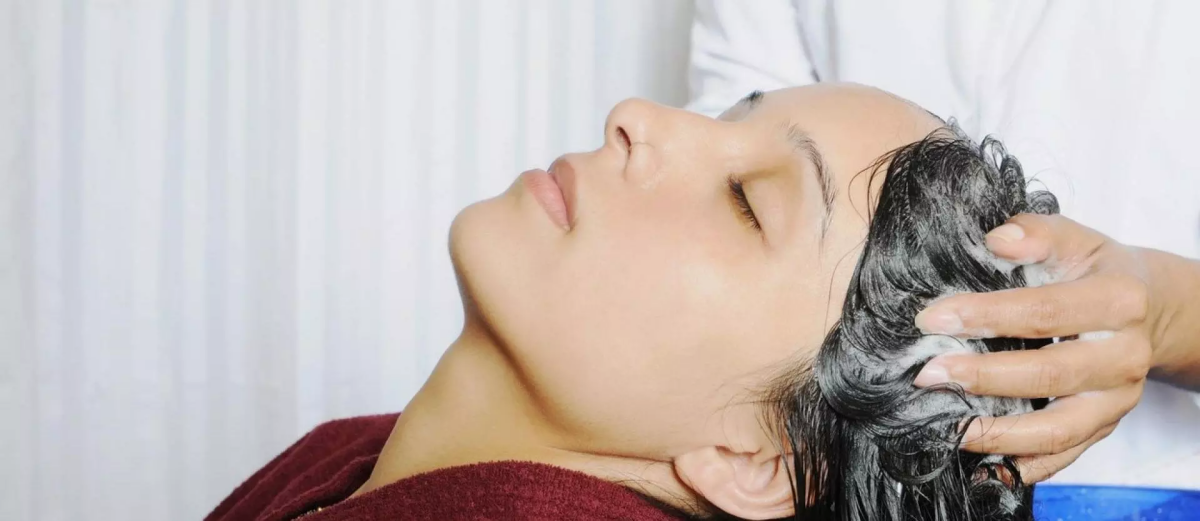
And of course, if you see anything that looks like a rash, weeping sores, or you’re experiencing sudden, significant hair loss, it’s time to stop guessing and book an appointment with a board-certified dermatologist. My job is to handle the cosmetic health of the scalp; a doctor’s job is to diagnose and treat disease.
What Happens During a Professional Scalp Treatment?
If you do decide to see a pro, it’s a pretty methodical process. We don’t just jump to shampooing. Each step builds on the last to completely reset your scalp’s environment.
- Exfoliation: First, we have to break down that stubborn buildup. I usually prefer a chemical exfoliant, like a liquid with salicylic or glycolic acid. We paint it on section by section and let it work its magic. For really heavy product buildup (think waxes and pomades), a gentle physical scrub can work, but I’m careful not to use it on an irritated scalp.
- Steam & Massage: This is the best part. I often use a hair steamer to let warm, moist air soften everything up. Then comes the massage—and it’s not just a fluffy spa rub. It’s a technical, 10-15 minute massage designed to boost blood flow, bringing all those good nutrients to the follicles.
- Deep Cleansing: Now we wash. The first shampoo gets rid of the exfoliator and all the gunk we just loosened. The second one is a deep, purifying cleanse right at the scalp, using a shampoo targeted for your specific needs.
- Treatment Infusion: With the scalp perfectly clean, it’s like a sponge. We apply a potent serum or mask. For an irritated scalp, maybe something with calming chamomile or niacinamide. For follicle stimulation, we might use something with peptides or caffeine.
- Condition & Seal: Lastly, we condition the hair itself (mid-lengths to ends only!) and apply a lightweight, calming tonic directly to the scalp to seal in all the goodness.
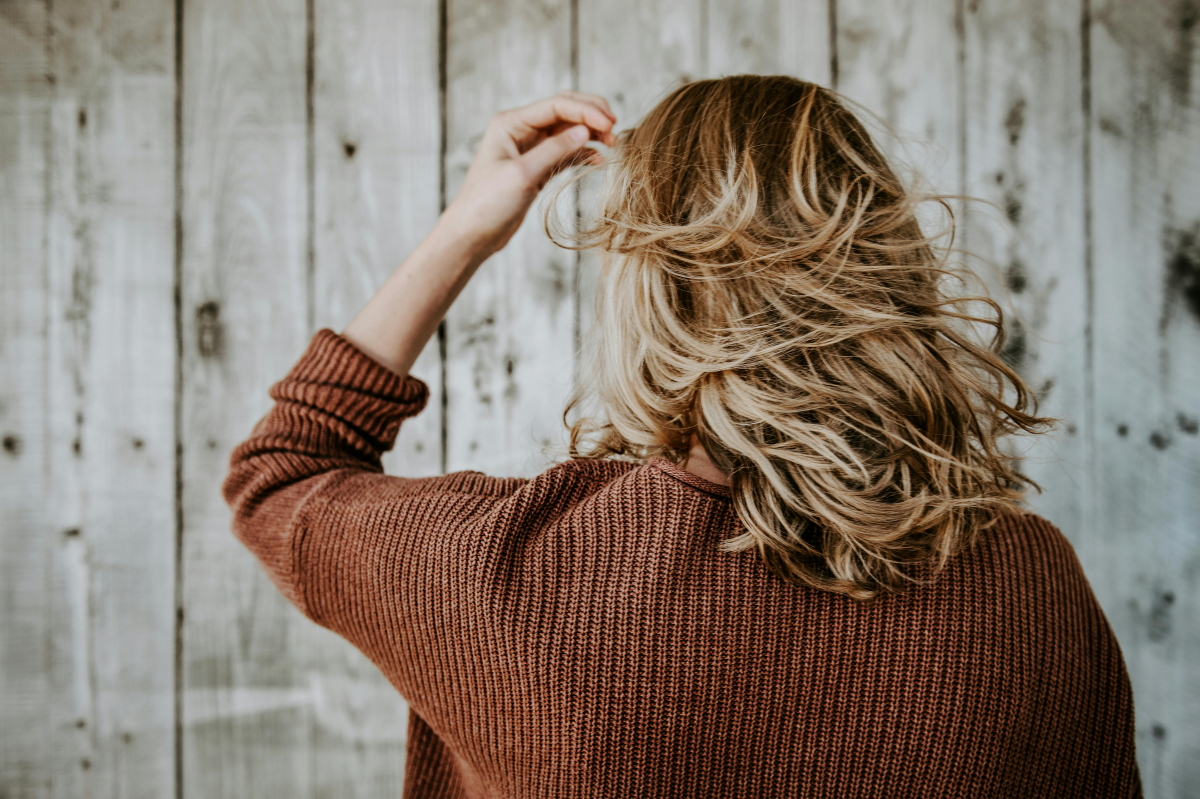
Different Strokes: Scalp Care Around the World
It’s also cool to see how different cultures approach this. The science is the same, but the vibe is different.
- The Japanese Head Spa is a deeply relaxing, holistic ritual. It’s less clinical and more focused on meticulous massage, acupressure, and creating a tranquil experience. This is your best bet if you suspect your scalp issues are tied to stress and you need a total mental and physical reset.
- The Western Trichological Approach is more direct and problem-focused. It’s all about diagnosis with tools and using active, potent ingredients to fix a specific issue like hair thinning or dandruff. Choose this path if you have a persistent, measurable problem you want to tackle head-on.
Your At-Home Scalp Care Playbook
You don’t need a pro treatment every week. The real magic happens with your consistent at-home routine. It doesn’t have to be complicated, just consistent.
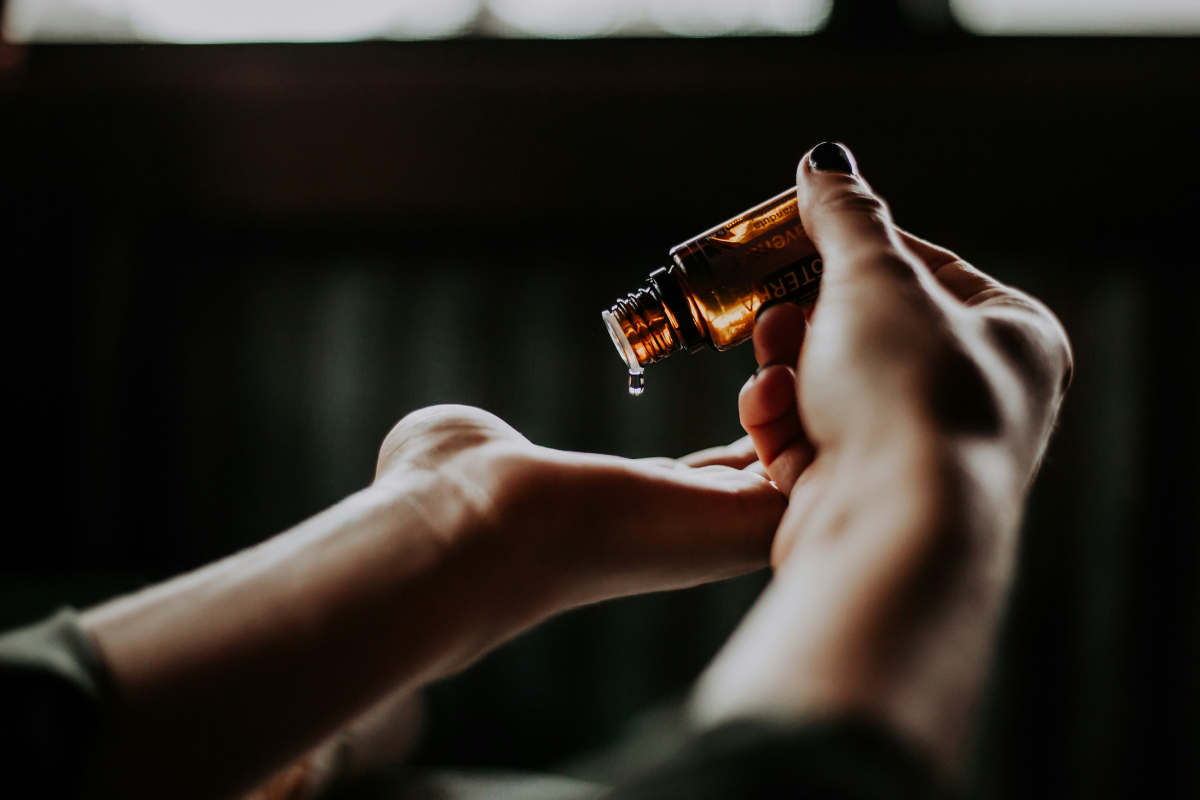
Quick Win: Don’t want to buy anything yet? Try this tonight. When you shampoo, spend an extra 60 seconds just massaging your scalp with the pads of your fingers. Use firm, circular motions. It’s free, feels amazing, and boosts circulation immediately!
Your Simple At-Home Kit:
- A Pre-Shampoo Treatment: This is a game-changer. Look for a serum with gentle acids to exfoliate. (Expect to pay $15-$45. Good budget options are The Ordinary or The Inkey List; a more luxe choice would be something from Briogeo or Act+Acre).
- A Silicone Scalp Massager: A total must-have. It helps you scrub without using your fingernails, which can cause damage. (These are a steal, usually under $10 on Amazon or at stores like Target).
- A Targeted Shampoo: Remember, buy for your scalp type, not your hair type. Address your ends with conditioner.
- A Lightweight Conditioner: Apply from the mid-lengths down. Keep it off your freshly cleaned scalp.
- A Leave-In Scalp Serum: A light, water-based serum applied to a damp scalp can provide ongoing benefits, like hydration or soothing.

Your 30-Minute Weekly Routine:
- On dry hair, section it and apply your pre-shampoo treatment directly to your scalp.
- Massage it in for 5-10 minutes with your silicone brush or fingertips. Don’t be shy!
- Let it sit for another 10-15 minutes. Pop on a shower cap to trap heat and help it penetrate.
- Hop in the shower and shampoo thoroughly, focusing your scrubbing action on the scalp. Rinse. Shampoo a second time if you feel you need it.
- Condition your ends, keeping the product away from your roots. Rinse well.
- After towel-drying, apply a few drops of your leave-in serum to your damp scalp.
And a final word of advice from someone who’s seen it all: listen to your scalp. A little tingle from an active product can be normal, but burning or intense itching is a sign to stop. Wash it off immediately. Be gentle, be consistent, and remember that healthy hair is a long game won by taking care of the place it calls home.

Inspirational Gallery
Physical Scrub: Uses fine particles (like sugar or salt) to manually slough off dead skin and buildup. Great for an immediate clean feeling. Think of products like Briogeo’s Scalp Revival Charcoal + Coconut Oil Micro-exfoliating Shampoo.
Chemical Exfoliant: Uses acids (like salicylic or glycolic acid) in a liquid serum to dissolve the bonds holding dead skin cells. Excellent for targeting oiliness and flakiness without abrasion. Look for pre-shampoo treatments like The Inkey List’s Salicylic Acid Exfoliating Scalp Treatment.
For sensitive scalps, a chemical exfoliant is often gentler. For heavy product users, a physical scrub can provide satisfying results.
Want to try a time-tested, simple scalp soother?
A rosemary water rinse is your new best friend. Simply simmer a few fresh rosemary sprigs in a pot of water for 15-20 minutes, let it cool completely, then strain it into a spray bottle. After shampooing and conditioning, spritz the rosemary water generously all over your scalp and hair. Don’t rinse it out! Rosemary is known for its circulation-boosting and anti-inflammatory properties, making it a perfect, natural leave-in treatment to invigorate the scalp.
The average human scalp has around 100,000 hair follicles, each one a potential site for buildup from products, sebum, and dead skin cells.
More isn’t always better: It’s tempting to scrub your scalp daily once you discover how good it feels, but over-exfoliation is a real risk. This can strip your scalp’s natural protective barrier, leading to irritation, sensitivity, and even rebound oiliness as your skin tries to overcompensate. Stick to exfoliating just once or twice a week, max.
- Start with dry hair before a shower, applying a few drops of a lightweight oil like jojoba or argan oil to your fingertips.
- Using the pads of your fingers (never your nails!), apply gentle to medium pressure in small, circular motions, starting at your hairline and working your way back.
- Don’t forget the area behind your ears and at the nape of your neck—these spots hold a lot of tension.
- Aim for at least 3-5 minutes to boost circulation and loosen buildup before you shampoo.
Beyond products, can my diet really impact my scalp’s health?
Absolutely. Your scalp is skin, and it’s nourished from the inside out. Deficiencies in key nutrients can show up as scalp issues. For instance, a lack of zinc can be linked to hair loss and a dry, flaky scalp. Omega-3 fatty acids, found in salmon and walnuts, help combat inflammation, while iron-rich foods like spinach and lentils are crucial for delivering oxygen to the hair follicles. Think of your plate as your first line of defense for a happy scalp.
- Reduces that persistent itchiness.
- Helps lift away stubborn flakes and dandruff.
- Leaves your hair feeling lighter and more voluminous at the roots.
The secret? Integrating a proper clarifying shampoo into your routine. A classic like Paul Mitchell’s Shampoo Two or a modern bond-protecting option like the K18 PEPTIDE PREP™ Detox Shampoo, used just once every 1-2 weeks, can reset your scalp by removing mineral deposits and stubborn product residue that regular shampoos leave behind.
The practice of scalp massage has deep roots. In India, the
Did you know the same ingredient in your acne face wash can rescue your oily scalp?
That’s right, we’re talking about salicylic acid. This beta-hydroxy acid (BHA) is oil-soluble, meaning it can cut through sebum and deep-cleanse inside the hair follicle. It helps dissolve the gunk that causes clogs and gently exfoliates the scalp surface to prevent flaking. It’s a hero ingredient in treatments from brands like The Ordinary and an effective way to manage an oily, problem-prone scalp.
You don’t need expensive gadgets for a superior scalp cleanse. One of the best investments, often under ten dollars, is a simple silicone scalp massager. Use it in the shower with your shampoo to work the product in deeper, mechanically lift away flakes and buildup, and give yourself a tension-relieving massage. Brands like VEGAMOUR or countless affordable options on Amazon offer these simple but game-changing tools.










